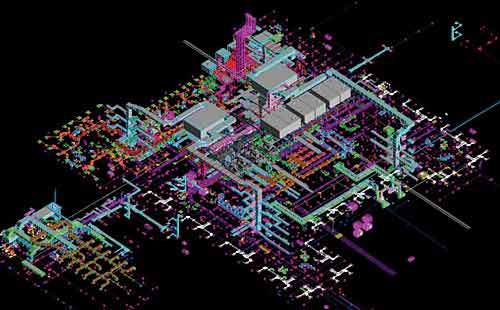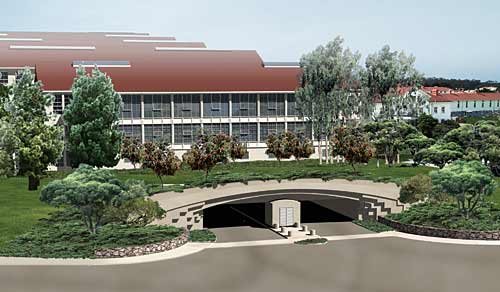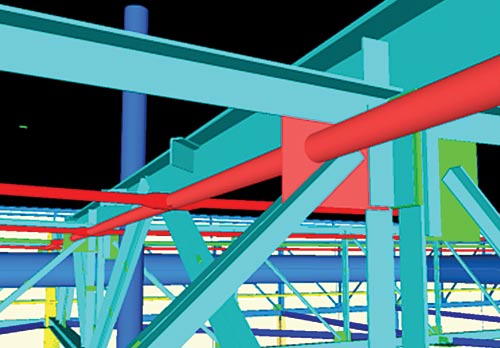Integrated BIM and Design Review for Safer, Better Buildings
From Productivity to Safety
The rationale for using BIM, therefore, goes well beyond the ease of use of the models. Other reasons include productivity gains, project controls, rapid visualization capabilities, and downstream uses of the database built into the model, such as for facility management and operations.
|
|||
More recently, however, project teams are leveraging BIM and integrated design review to enhance the health, safety and welfare (HSW) performance of their projects. Such HSW advantages include enhanced building occupant safety. For instance, BIM can be used to analyze and compare fire-rated egress enclosures, automatic sprinkler system designs, and alternate stair layouts. Even finely grained details, such as stair width, rail height, and door swing can be evaluated with BIM to simulate real-world emergency evacuations. Similarly, building accessibility and amenity for occupants tend to be better understood and executed, such as analyzing provisions for users with disabilities.
A more commonly lauded quality of integrated BIM is its use in ensuring proper and safe building operations. For example, the proper layout of MEP and fire systems can be verified before mistakes are built in. Called variously "clash detection" or "conflict resolution," this capability proves effective in holding proper clearances and spacing between various utilities-steam pipes to electrical busway, for example.
|
|||
Another emerging HSW arena exploits BIM design review to boost project sustainability, energy efficiency, and overall building performance. For instance, BIM can be used to automatically compare engineer and architect schemes, analyze energy profiles, or compare material specifications. These green-building approaches can also have a direct impact on the emotional well-being of occupants, such as by simulating interior daylighting and view corridors to determine optimal availability. Visualization of planned workspaces also allows the direct involvement of owner and occupants, bringing their input on what increases "user comfort" to the design and construction team.
"On some projects the owner has invited maintenance staff to review the model to comment on equipment accessibility and maintenance considerations," notes Robert Mauck, AIA, P.E., vice president of Advanced Technology with Ghafari in Dearborn, Michigan.
|
|||
The 2007 American Institute of Architects (AIA) convention highlighted these benefits in a session sponsored by the AIA's Technology in Architectural Practice group. Titled "BIM Best Practices, Best Results," the session covered the use of BIM in analyzing alternatives for building performance optimization, such as minimizing material waste, optimizing equipment use, and creating a safer construction site. The presentation concluded that BIM analysis tools in several categories contribute to sustainable, high-performance buildings.












